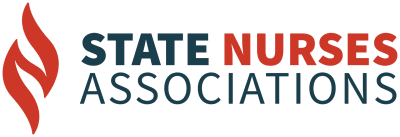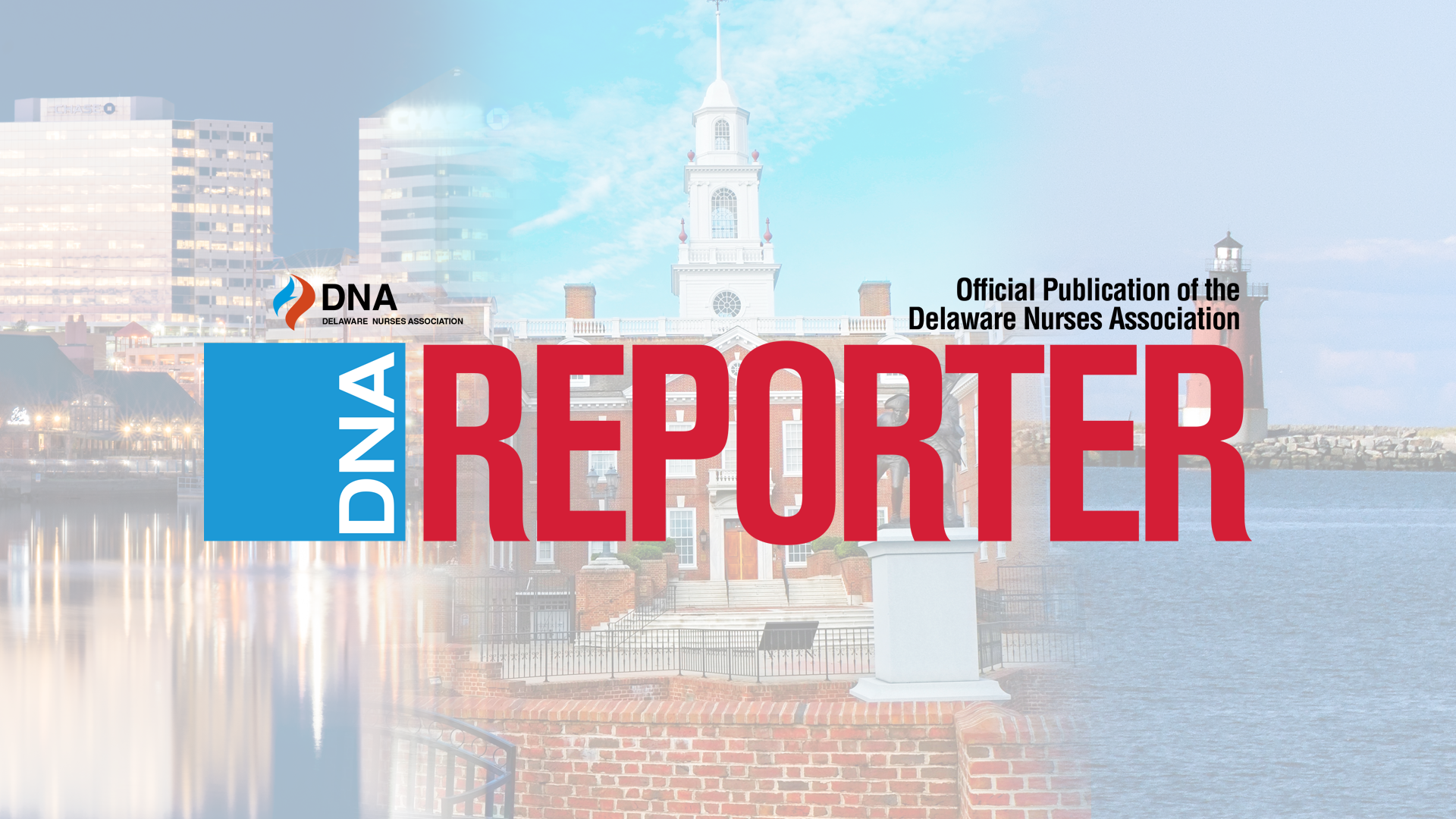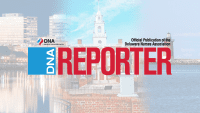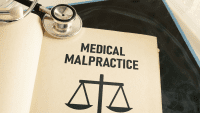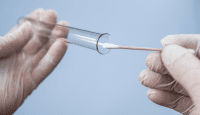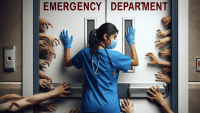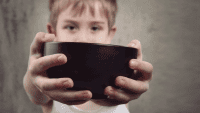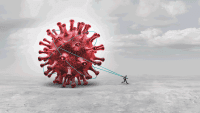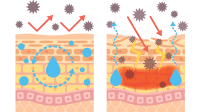Innovative solutions designed to mitigate the challenges of an aging population outgrowing the supply of healthcare professionals are regularly in the news. These solutions are valuable and needed to reduce burden as more patients move across the care continuum. Becoming comfortable with these solutions, understanding their limitations, and identifying where the nurse-patient relationship offers opportunities to bridge high touch and hi-tech care is essential.
Nurses are often the first and last personal interaction for patients and caregivers at transitions of care (TOC). A lot is happening, and emotions are charged. Changes in care setting bring new workflows, technology, and care team members. Patients may feel apprehensive and not ready to transition. Caregivers worry how they will care for their loved one. It is overwhelming for all to navigate.
While the entirety of the TOC is important, the medication list is what follows a patient across providers, pharmacies and into the home. Yet, documented med list is often inaccurate, with record discrepancies across the various care settings. Even with initiatives to improve interoperability, like implementing “One Patient One Chart” in health systems, there are disparate patient records in ambulatory practices, pharmacies, and health insurance portals. It is important to recognize that a true universal medication list does not exist. It is a limitation across these solutions that has yet to be solved.
With this limitation in mind, there is ample opportunity for nurses to capitalize on the episode of care and improve the patient’s and their caregiver’s ability to manage medications in the next setting; this can be accomplished by leveraging the nurse-patient relationship in obtaining a Best Possible Medication History (BPMH) at TOC. Using an intentional 3-step medication history collection approach consisting of prework, interview and documentation that captures a complete medication sentence and additional elements such as name of prescribers, purpose, date of last dose and allergies. A good BPMH augments the provider’s medication reconciliation, setting the patient up for success.
Instead of medication history being a task to complete, think of yourself as a detective solving a case!
Yes, technology might provide an existing med list pulled from an external source, e-prescribing data showing a prescription transmission, or even claims data indicating a prescription was billed to an insurance program. When actively collecting the BPMH nurses interact with a patient or caregiver providing the story behind the data. Pulling the pieces together of what, why, and how for each medication. Uncovering clues and the building the foundation of the “safe and efficacious medication use case” (see table Leveraging the Nurse-Patient Relationship for Better Medication Use).
Leveraging the Nurse-Patient Relationship for Better Medication Use
- Pt knows names, dose, directions, and health conditions.
- Pt knows medications tried in the past and why medications were discontinued.
- Pt knows medication allergies and reaction experienced.
- Pt indicates difficulties obtaining medications due to shortages.
- Pt indicates provider or pharmacy network changes.
- Pt comments about prescription costs.
- Pt indicated they use coupons or discount cards.
- Pt admits to using rationing techniques (pill cutting, skipping doses, etc.).
- Pt knows the last time medications were taken; how they remember to take meds.
- Pt engaged in polypharmacy.
- Pt indicates a dependence on caregiver or other 3rd party to obtain or take meds.
Clues obtained from BPMH collection when linked to 4 A’s of Medication Use are the foundation for solving the safe and efficacious medication use case. This information is useful for prioritizing downstream efforts promoting patient specific interventions for better outcomes.
Leveraging the high touch nurse-patient relationship is essential for solving the “safe and efficacious medication use case.” A case that is solved when patients, caregivers, and clinicians understand the complete story to identify and mitigate the medication use issues related to awareness, accessibility, affordability, and adherence

PharmD, CSSGB

PharmD, MBA
